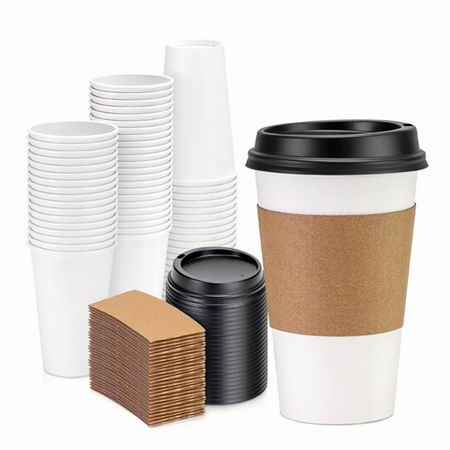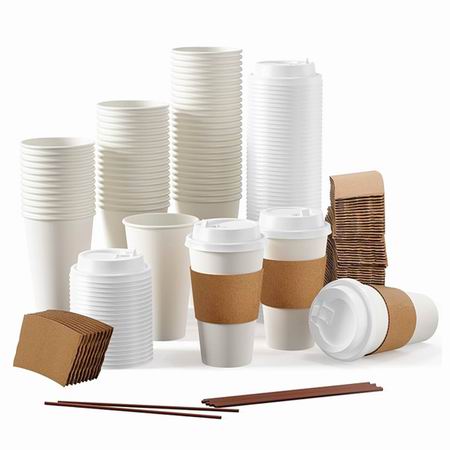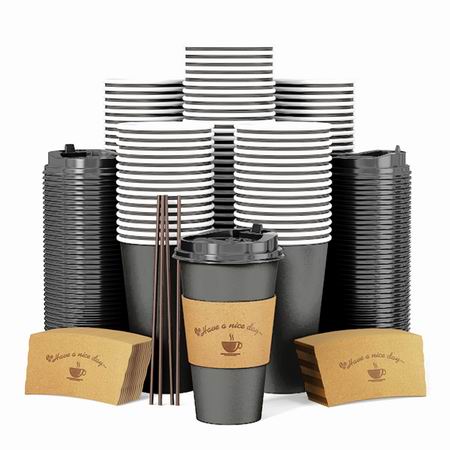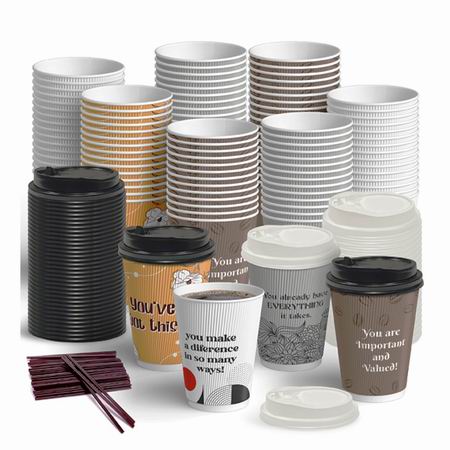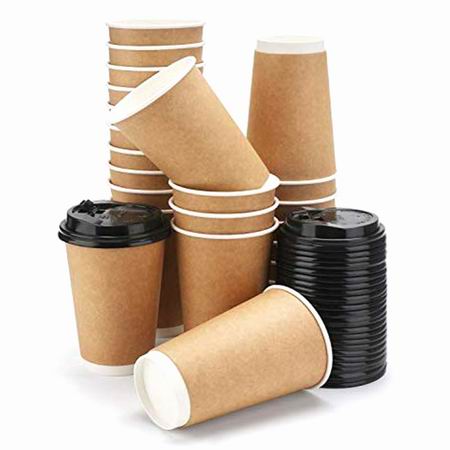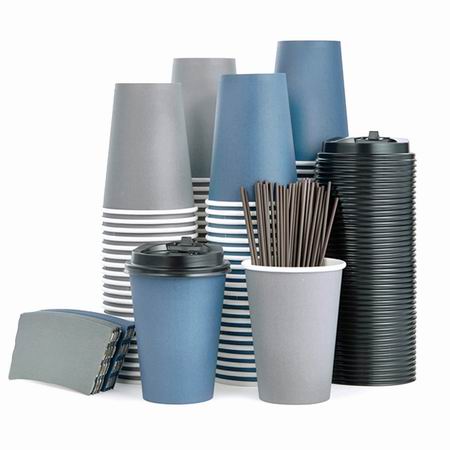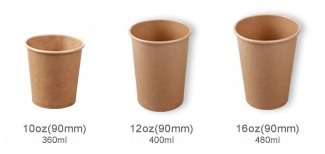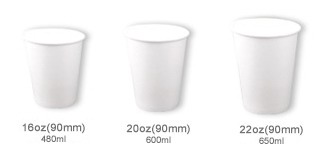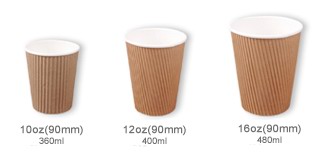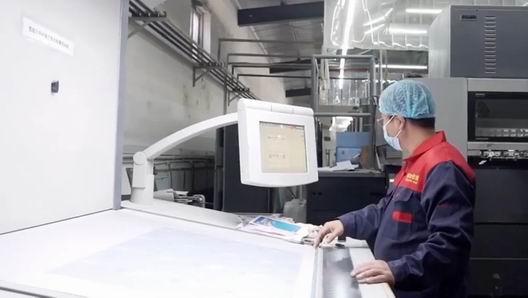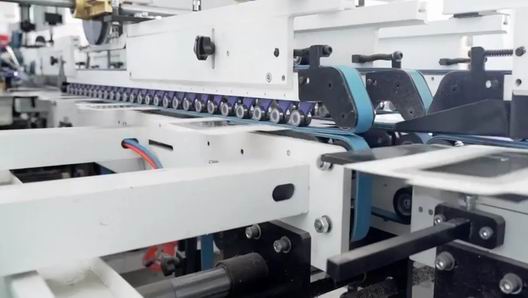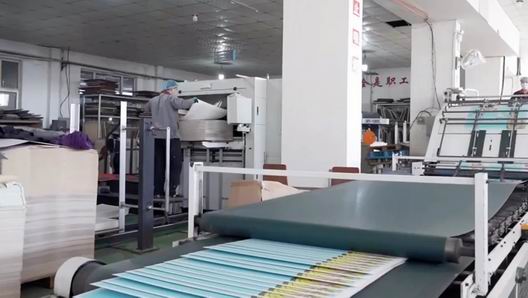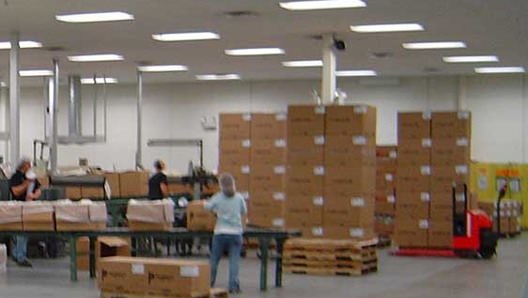Custom Paper Cups
Paper cup is a convenient, disposable container, mainly used to hold various hot drinks, cold drinks and other liquid foods, such as coffee, tea, juice, soda, etc. They are widely used in places such as coffee shops, fast food restaurants, convenience stores, offices and event venues.
1. Products
1.1 Layers of Cup Wall
1.1.1 Double Layer. Heat insulation, environmental protection, biodegradable and no pollution with a wider range of use.
1.1.2 Single Layer. with safe and hygienic, cheap, light and convenient, can be loaded with hot and cold drinks.
1.1.3 Corrugated. with a strong insulation effect, mainly used in high-end cafes and ice cream stores, suitable for urban people who love coffee.
1.2 Cup Wall Material
1.2.1 Kraft Paper. Kraft paper is usually a thicker, stronger paper with good waterproofness and durability, suitable for making paper cups that need to withstand a certain amount of weight and liquid. Its texture and color often give paper cups a natural, native feel, making them more environmentally friendly.
1.2.2 White Paper. White paper is a general-purpose paper material that can provide clear printing effects, and patterns and text can be more vivid and prominent. Because white paper is relatively light, it is suitable for making disposable paper cups, especially for simple drinks and coffee in daily life.
1.2.3 Bamboo Fiber. Bamboo fiber is an environmentally friendly material with natural antibacterial properties, which can effectively reduce the growth of bacteria and make paper cups more hygienic. Bamboo fiber cup walls are usually lighter, but they also have a certain degree of toughness and durability, making them suitable for loading all types of beverages.
1.3 Paper Cup Size
The size of cups ranges from 4oz to 36oz.
1.4 Paper Texture
1.4.2 Flat Ripple. It refers to a textured surface finish that resembles ripples or waves. The flat ripple finish adds a tactile dimension to the paper cup. Cups with flat ripple finishes may have a more subdued appearance compared to glossy cups.
1.4.1 Smooth Texture. It refers to a surface that is even, uniform, and lacks any noticeable roughness or irregularities. In the context of paper cups, a smooth texture would mean that the surface of the cup is free from bumps, ridges, or any other forms of texture.
1.5 Paper Weight
The paper weight of paper cups is usually between 250gsm and 300gsm. The paper is relatively thick and suitable for making disposable paper cups. It can provide sufficient strength and stability to carry hot or cold drinks. It is also suitable for printing various patterns and text. .
1.6 Paper Colors
In actual production, it is usually limited to eight colors to balance the requirements of printing cost, production efficiency and printing effect.
1.7 Printing Types
1.7.1 Embossing. It is a process used to create a raised relief pattern or design on the surface of paper or other materials.
1.7.2 Varnishing. It involves applying a clear coating to the surface of a printed material to enhance its appearance or provide protection.
1.7.3 Glossy Lamination. It is a finishing process in which a thin layer of glossy plastic film is applied to the surface of a printed material.
1.7.4 Stamping. It also known as foil stamping or hot stamping, is a process that uses heat and pressure to transfer metallic or colored foil to paper or other materials.
1.7.5 Matte Lamination. It is similar to glossy lamination, but it uses a matte or satin finish instead of a glossy finish.
1.8 Cup Sleeve Material
The material of the cup sleeve of the cup can be selected from kraft corrugated paper, white cardboard, white paper, etc. The cup sleeve can be printed in various ways.
2. Cup Lids
2.1 Cup Lid Styles
There are usually three types of cup lids: peel-off lid, pinch-down lid and pucker lid.
2.2 Cup Lid Material
PP material refers to polypropylene material, which has excellent high temperature resistance, acid and alkali resistance, and is widely used in food, medical, daily chemical and other fields.
3. Production Process
3.1 Coating
In order to ensure the waterproof performance of paper cups, the base paper will be coated with PE film using a laminating machine. The paper coated on one side is called single-sided PE coated paper; the paper coated on both sides is called double-sided PE coated paper.
3.2 Printing
The paper is fed into the flexographic printing machine to print design patterns, trademarks, text and other content on the surface of the paper. Printing is usually done using food-safe inks.
3.3 Die-Cutting
Use a die-cutting machine to cut the printed paper into a shape suitable for the paper cup, that is, the fan-shaped piece for the wall of the paper cup and the roll paper for the bottom of the paper cup.
3.4 Forming
Place the fan-shaped paper cup sheet and cup bottom web into the feed port of the paper cup forming machine. The paper cup forming machine automatically feeds paper, seals, punches the bottom, etc. to automatically form paper cups of various specifications.
3.5 Inspection
During the production process, quality inspection links may be set up to check the appearance quality, size, printing effect, etc. of the paper cups to ensure that the paper cups meet quality standards and customer requirements.
3.6 Packaging
Pack the produced paper cups through automatic packaging equipment. Usually packed in plastic bags or cartons for easy transportation and storage. Labels, instructions, etc. may be attached during the packaging process.

